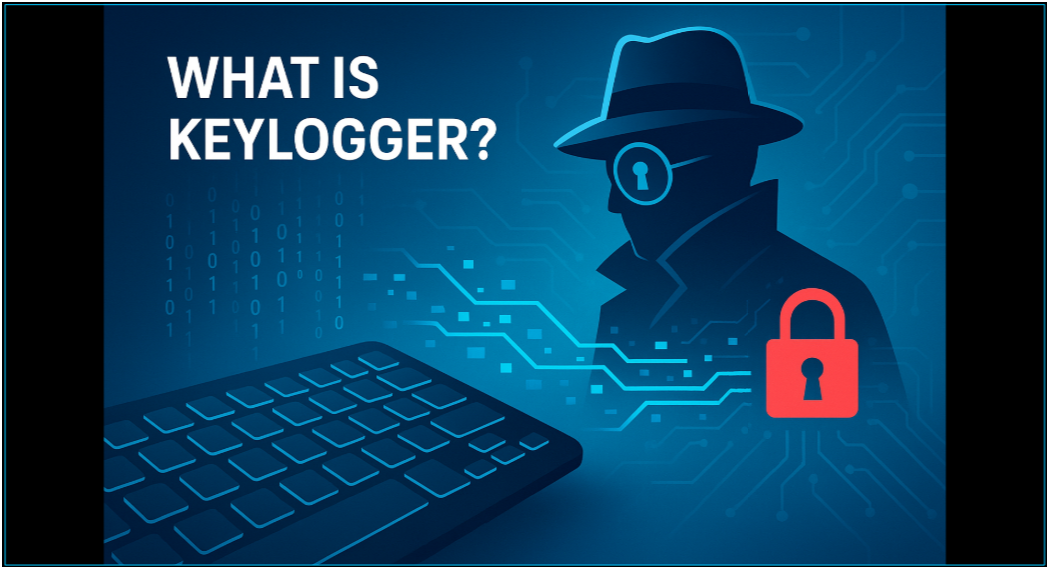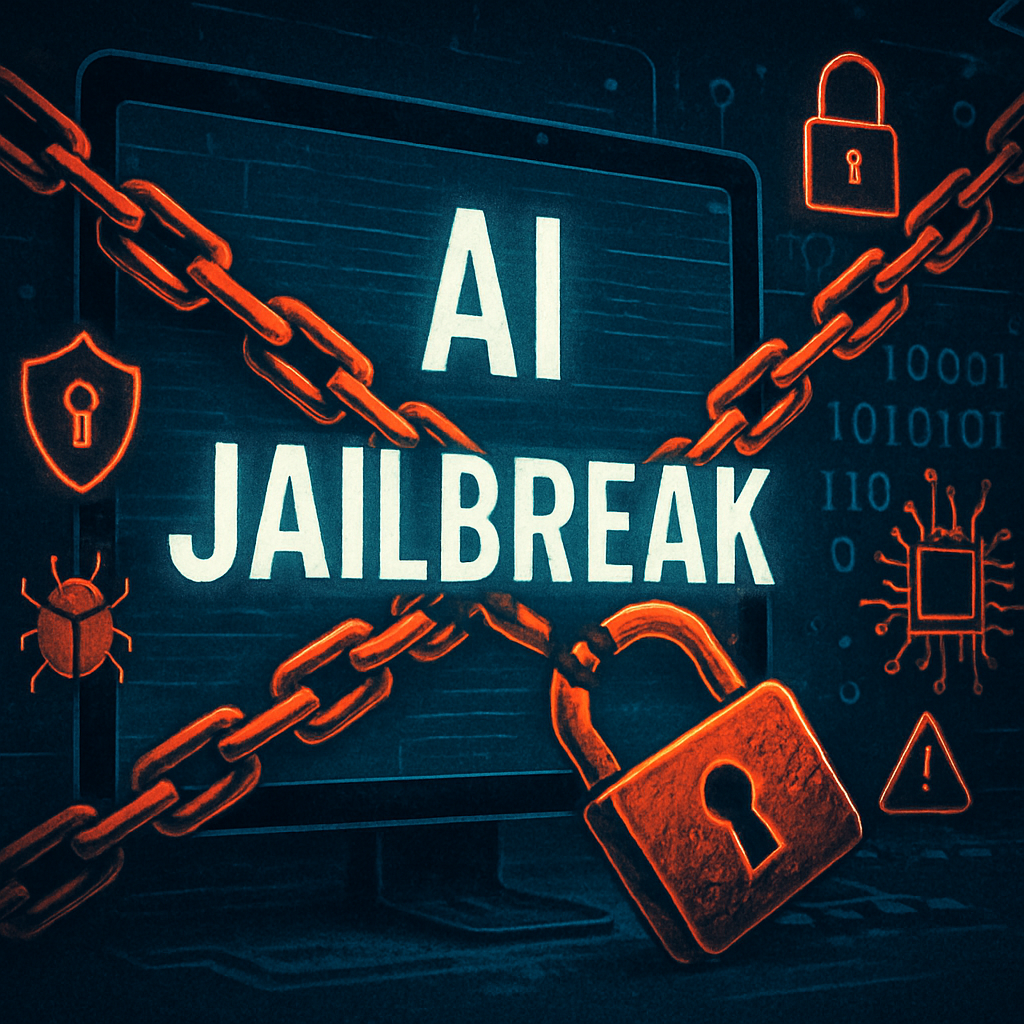Table of Contents
Transport Layer Security (TLS) Explained
Transport Layer Security (TLS) operates as a client-server handshake protocol, facilitating the establishment of an encrypted connection and verifying the authenticity of communication. This handshake involves negotiation between the client and server to agree on encryption parameters, exchange digital certificates for authentication, and establish cryptographic keys for secure data transmission. By encrypting data at the transport layer of the OSI model, TLS ensures end-to-end security for various online services and applications.
How Transport Layer Security (TLS) Works
The TLS handshake process begins with the client initiating a connection request to the server. During the handshake, the client and server exchange messages to negotiate the TLS version, select cipher suites for encryption, authenticate each other using digital certificates issued by trusted certificate authorities (CAs), and establish session keys for secure communication. Once the handshake is complete, data transmission occurs over the encrypted TLS connection, safeguarding sensitive information from interception and manipulation.
Examples of Transport Layer Security (TLS)
TLS is utilized in a wide range of online services and applications to ensure secure communication and data protection. Examples include secure web browsing sessions (HTTPS), where TLS encrypts data exchanged between web browsers and servers, encrypted email communication protocols such as SMTPS (SMTP over TLS) and IMAPS (IMAP over TLS), secure file transfers using FTPS (FTP over TLS), and VPN connections that utilize TLS to secure data transmission over the Internet. Additionally, TLS is integrated into modern cellular transport technologies like 5G to secure core network functions and protect against unauthorized access.
Transport Layer Security (TLS) Challenges
While TLS offers robust security features, it also presents issues for implementation and management. Organizations must manage multiple TLS sessions for each application, ensure compatibility with different TLS versions and configurations, and address potential vulnerabilities and exploits that could compromise security. Additionally, threat actors may target TLS vulnerabilities to intercept or manipulate encrypted communication, highlighting the importance of continuous monitoring and security measures to mitigate risks.
What Role Does Transport Layer Security (TLS) in Email Security?
In email security, TLS plays a crucial role in protecting sensitive information transmitted between mail servers and clients. TLS encryption ensures secure transmission of email messages, preventing interception and unauthorized access to email content during transit. By encrypting data at the transport layer, TLS safeguards personal, financial, and confidential information contained within email communications, enhancing overall email security posture and compliance with data protection regulations.
How to Identify and Protect Against Transport Layer Security (TLS) Attacks
To prevent successful TLS attacks, organizations can implement security measures such as monitoring for abnormal TLS handshake patterns, keeping TLS libraries and software up to date, and using strong encryption algorithms and certificate management practices. Regular security assessments and penetration testing can also help identify and remediate potential vulnerabilities.
IRONSCALES Transport Layer Security (TLS) Attack Prevention
IRONSCALES comprehensive SaaS platform gives you an edge against all attackers with an inside-out approach to email security. The IRONSCALES platform protects your organization from BEC attacks from within the mailbox. The solution's AI analyzes all email communications creating unique fingerprint profiles for each user. By cross-checking and verifying all incoming messages, IRONSCALES gives you confidence in a sender’s identity while protecting your assets — all in real-time. This allows it to detect, prevent, and protect against BEC attacks like CEO fraud, supply chain attacks, invoice fraud, and more.
Learn more about IRONSCALES advanced anti-phishing platform here. Get a demo of IRONSCALES™ today! https://ironscales.com/get-a-demo/
Explore More Articles
Say goodbye to Phishing, BEC, and QR code attacks. Our Adaptive AI automatically learns and evolves to keep your employees safe from email attacks.

/Concentrix%20Case%20Study.webp?width=568&height=326&name=Concentrix%20Case%20Study.webp)












